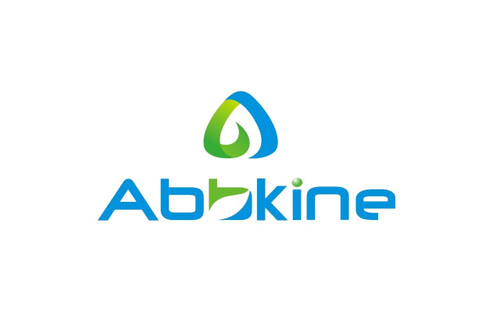Product Description
Human Synaptogyrin-1 (SYNGR1) ELISA Kit | AE16076HU | Abebio
Species Reactivity: Human (Homo sapiens)
Abbreviation: SYNGR1
Alternative Name: MGC:1939;
Application: ELISA
Range: Request Information
Sensitivity: Request Information
Intra-Assay: ≤6.2%
Inter-Assay: ≤11.2%
Recovery: 1
Sample Type: Serum, Plasma, Other biological fluids
Detection Method: Sandwich
Analysis Method : Quantitive
Test Principale: This assay employs a two-site sandwich ELISA to quantitate SYNGR1 in samples. An antibody specific for SYNGR1 has been pre-coated onto a microplate. Standards and samples are pipetted into the wells and anySYNGR1 present is bound by the immobilized antibody. After removing any unbound substances, a biotin-conjugated antibody specific for SYNGR1 is added to the wells. After washing, Streptavidin conjugated Horseradish Peroxidase (HRP) is added to the wells. Following a wash to remove any unbound avidin-enzyme reagent, a substrate solution is added to the wells and color develops in proportion to the amount of SYNGR1 bound in the initial step. The color development is stopped and the intensity of the color is measured.
Product Overview: Synaptogyrin-1 is an integral membrane protein associated with presynaptic vesicles in neuronal cells. The exact function of this protein is unclear, but studies of a similar murine protein suggest that it functions in synaptic plasticity without being required for synaptic transmission. Three alternatively spliced variants encoding three different isoforms have been identified.The predicted 1a, 1b, and 1c proteins contain 234, 191, and 192 amino acids, respectively. Northern blot analysis revealed that the 4.5-kb SYNGR1a mRNA is expressed at high levels in brain. The other transcript forms are expressed at low levels in nonneuronal tissues. In situ hybridization to embryonic and adult mouse tissues confirmed that SYNGR1a, the most abundant transcript form, shows predominantly neuronal expression.
Stability: The stability of ELISA kit is determined by the loss rate of activity. The loss rate of this kit is less than 5% within the expiration date under appropriate storage condition. The loss rate was determined by accelerated thermal degradation test. Keep the kit at 37°C for 4 and 7 days, and compare O.D.values of the kit kept at 37°C with that of at recommended temperature. (referring from China Biological Products Standard, which was calculated by the Arrhenius equation. For ELISA kit, 4 days storage at 37°C can be considered as 6 months at 2 - 8°C, which means 7 days at 37°C equaling 12 months at 2 - 8°C) .
 Euro
Euro
 USD
USD
 British Pound
British Pound
 NULL
NULL












